The Atomics: The early days of Scotland's first nuclear families
- Published
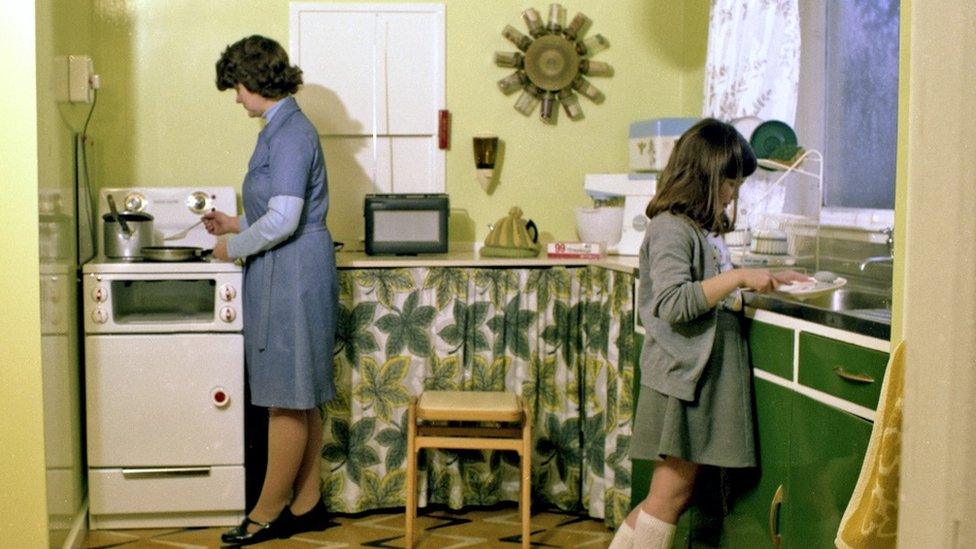
Families associated with the Dounreay nuclear power complex were nicknamed The Atomics
The Dounreay nuclear power plant opened on the craggy shores of the north Caithness coast in the late 1950s.
Its golf ball-shaped reactor building became a landmark in a landscape of farms, peat bogs and beaches.
In the following decades, thousands of people were attracted to the area by the promise of well-paid, high-quality jobs.
The families were dubbed The Atomics, and a new social history photography project has explored the effort to house them all in this rural part of the Highlands.
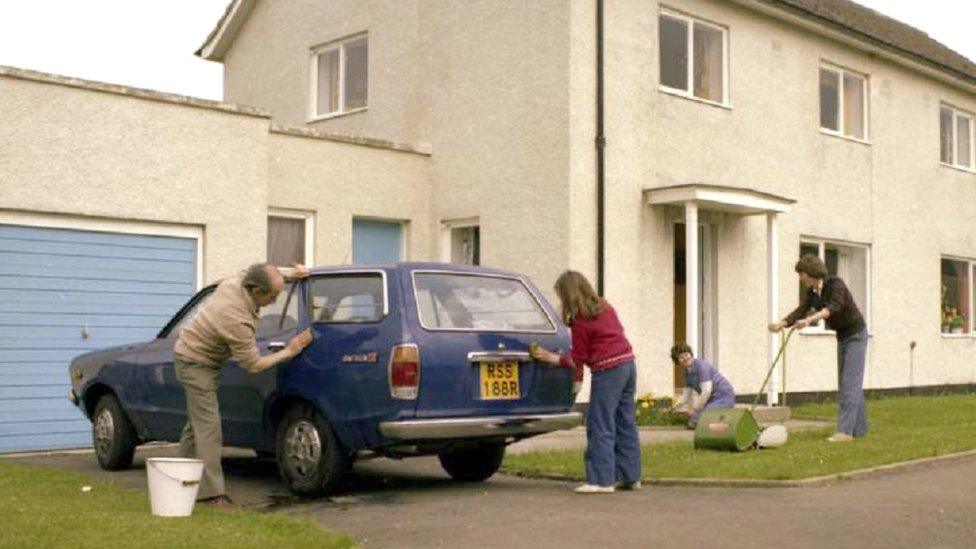
The Atomics included families from the Highlands and across the UK
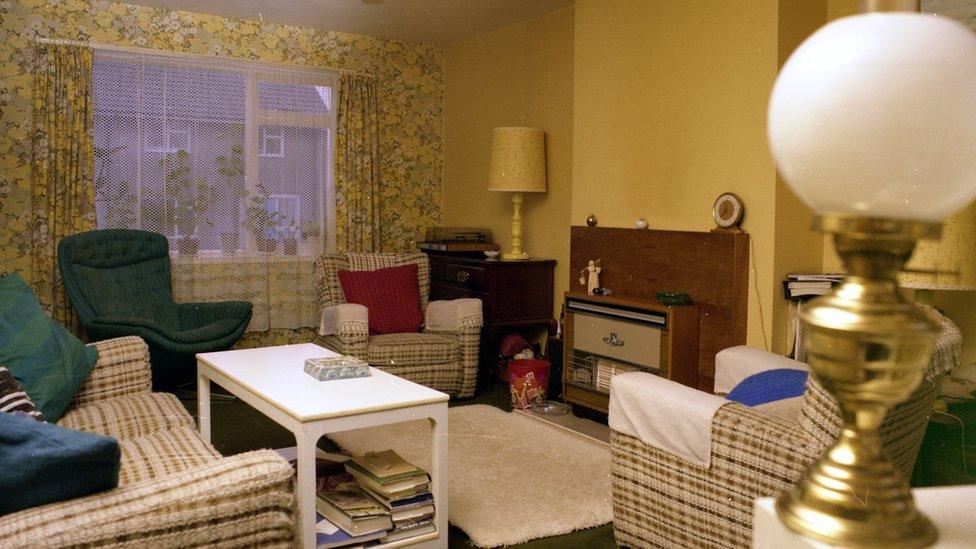
A typical lounge in the Dounreay workers' housing developments 1978
James Gunn worked at Dounreay for more than 40 years and is information and knowledge manager at the site, about 10 miles west of Thurso.
He teamed up on the project with another long-time employee, June Love, and others to gather information on a series of images from Dounreay's archives.
The photographs of families and their new homes were taken in the 1950s, 60s and 70s by official photographers of the UK Atomic Energy Authority.
Mr Gunn said 1,007 properties were constructed to help house The Atomics.
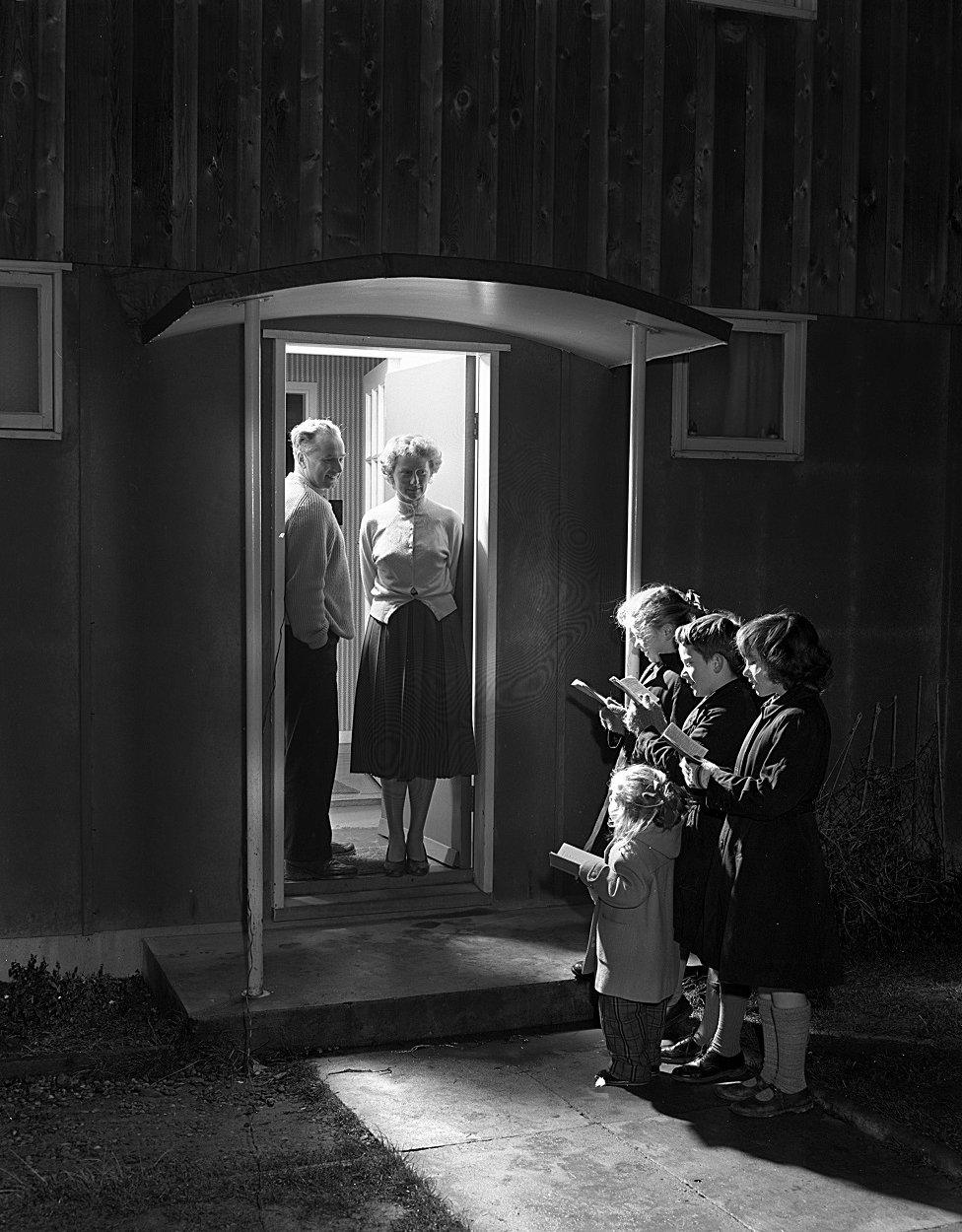
Carol singing in the new "atomic housing" communities in 1958

Most were in Thurso, where the population grew from 3,200 people to 9,000, while some others were built in nearby Castletown.
Mr Gunn said: "It was a mix of properties. There were wooden Swedish-design homes, flats, maisonettes and semi-detached houses.
"They had all the modern fittings, like under-floor heating, because there was a need to attract people to work at Dounreay.
"And the rent was £1.50, which was good at the time because of the wages."
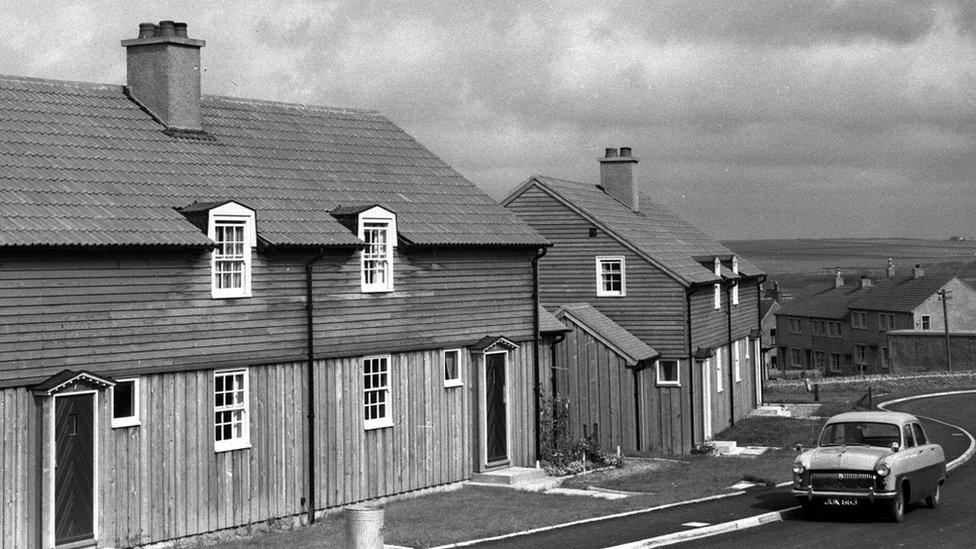
Some of the first of the Swedish-style wooden houses that were built
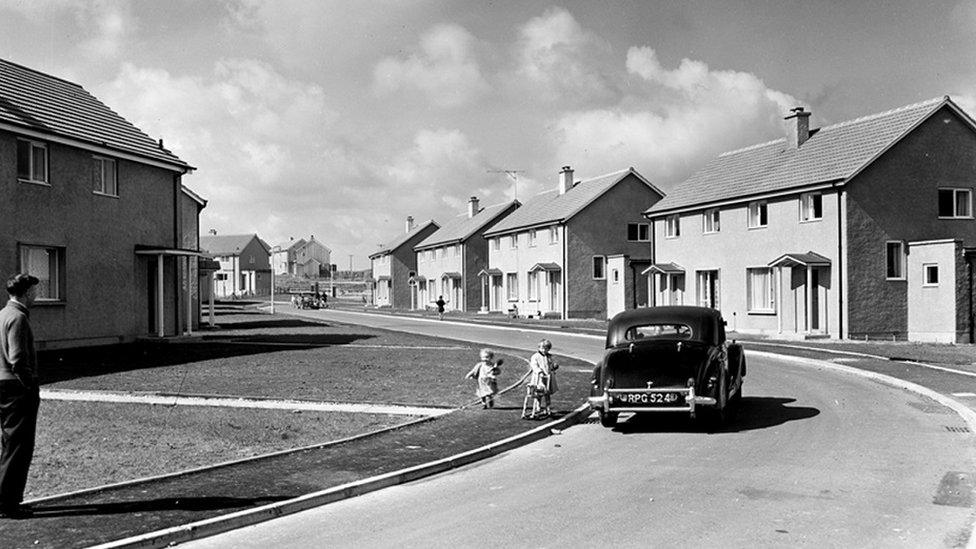
New homes in St Magnus Road, Thurso, in 1961

A family scene in a picture taken in 1978
New arrivals to the area were given a manual - a pamphlet with guidance on how to run a home.
This included information on things like how to fix a dripping tap, as well as tips on places to visit in the surrounding area.
David Lord moved to Caithness in 1969 after graduating from university in Newcastle as a physicist, and still lives in the area.
He initially stayed in a hostel for workers, then moved into Thurso's "atomic housing" - first a flat and then a house after marrying his wife Marjory.
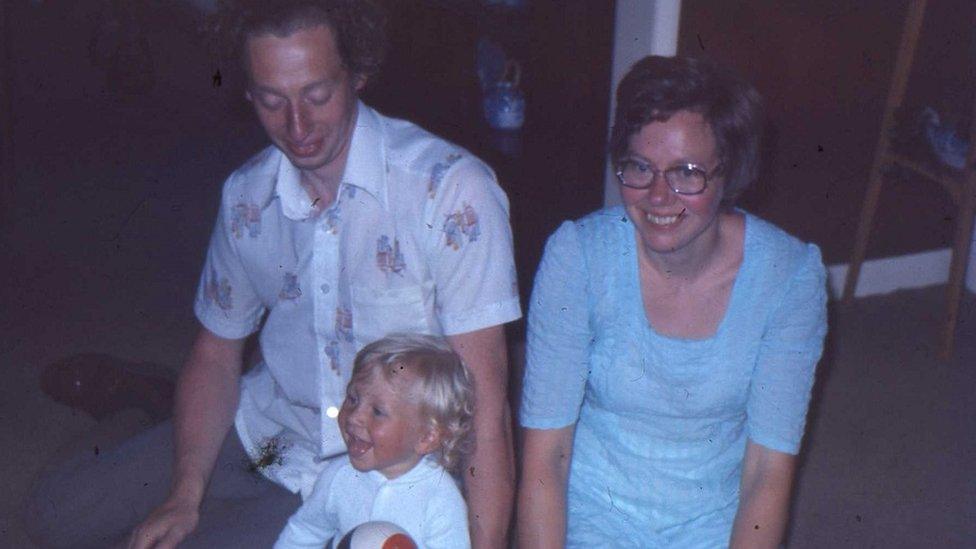
Dounreay physicist David Lord and his teacher wife Marjory were among the families dubbed The Atomics
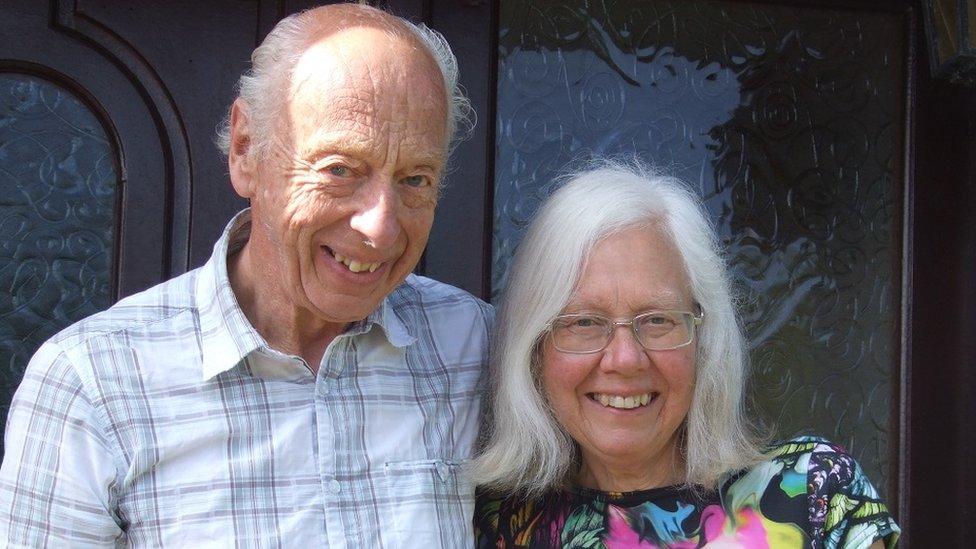
David and Marjory Lord still stay in Caithness
The physicist, who worked on Dounreay's fast reactors, said: "A big attraction of the housing was that the rent was cheap - it was next to nothing."
He added: "There was great community feeling, and I had a great time in the 1970s.
"The work was stimulating - you were learning a lot - and the money was good, and there was lots to do, especially if you enjoyed the outdoors."
He retired from Dounreay in 2006.
Today, the nuclear plant is in the process of being decommissioned and demolished.
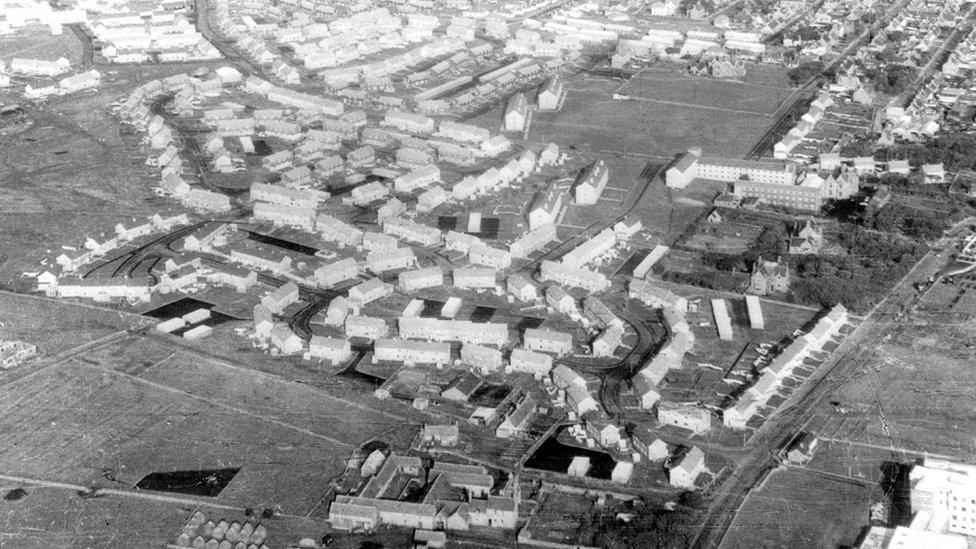
Thurso's Brownhill Estate in 1959
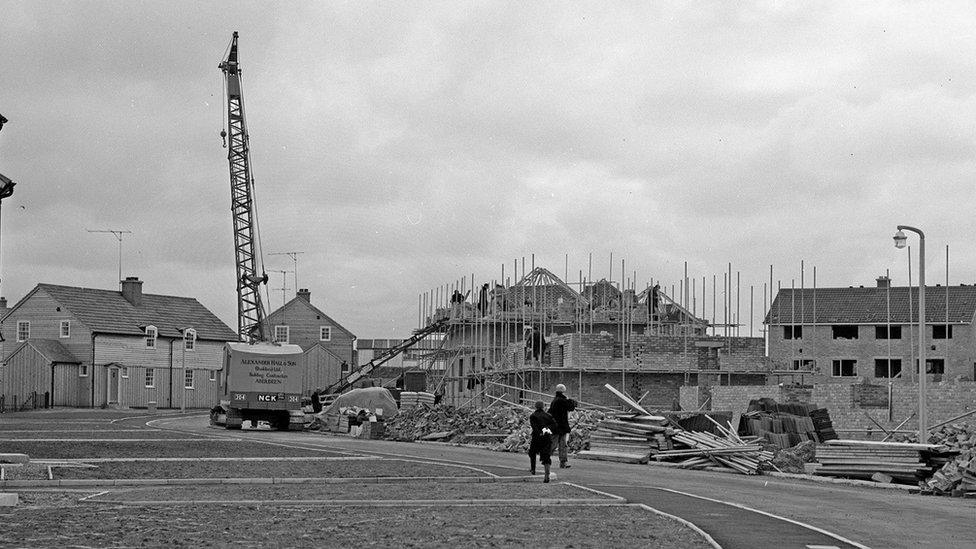
House-building in Thurso in 1956
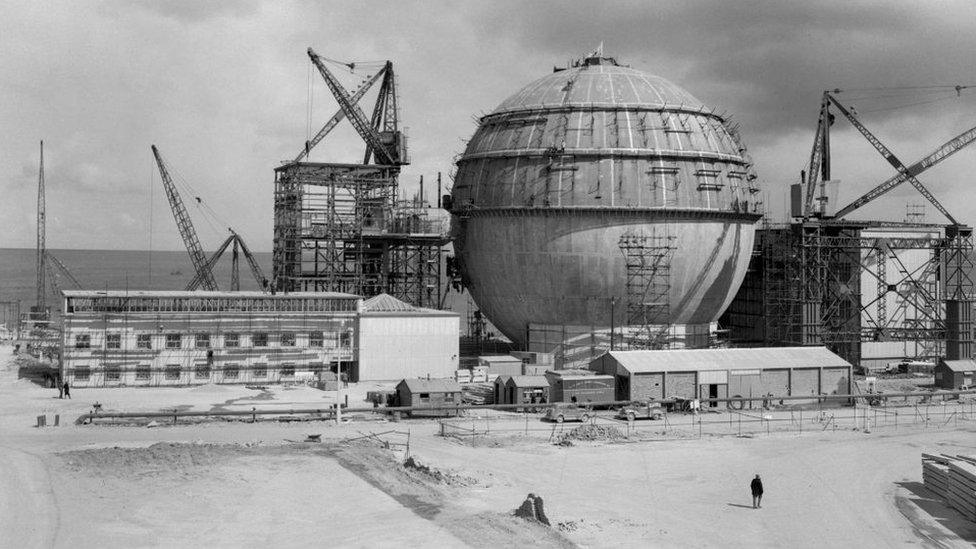
The sphere-shaped Dounreay Fast Reactor building while it was still under construction
All images are the copyright of UKAEA.